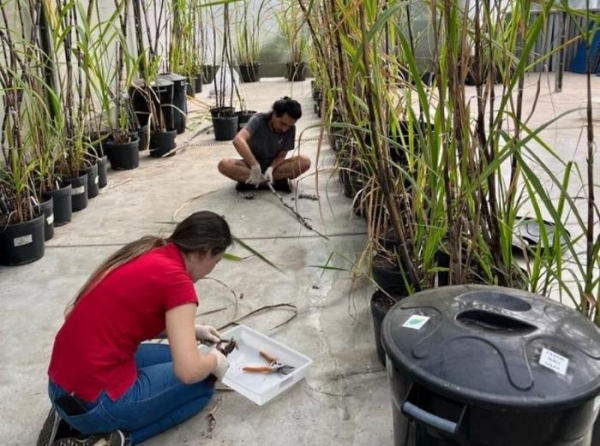Forest modeling by Oregon State University scientists shows that a site’s productivity – an indicator of how fast trees grow and how much biomass they accumulate – is the main factor that determines which time period between timber harvests allows for maximum above-ground carbon sequestration.
articles
Study Reveals How UK’s Shipwrecks are Providing a Refuge for Marine Life
An estimated 50,000 shipwrecks can be found around the UK’s coastline and have been acting as a hidden refuge for fish, corals and other marine species in areas still open to destructive bottom towed fishing, a new study has shown.
Climate Change Impacts Are Increasing for Americans
A new national report finds that the impacts of weather extremes — exacerbated by climate change — are far-reaching across every region of the United States.
Review Article Shows Key Role of Brazil in Research on Sugarcane for Bioenergy
The study by researchers at the University of São Paulo also shows that genetic engineering techniques need to be improved in order to increase ethanol production without expanding crop acreage, a strategy considered crucial to the effort to cope with climate change.
NOAA Unveils New Tool for Exploring Coral Reef Data
NOAA’s National Coral Reef Monitoring Program (NCRMP) launched a new data visualization tool today, which will provide free and easy-to-access information on the status of U.S. coral reefs.
NASA Mission Excels at Spotting Greenhouse Gas Emission Sources
Since launching 16 months ago, the EMIT imaging spectrometer aboard the International Space Station has shown an ability to detect more than just surface minerals.









